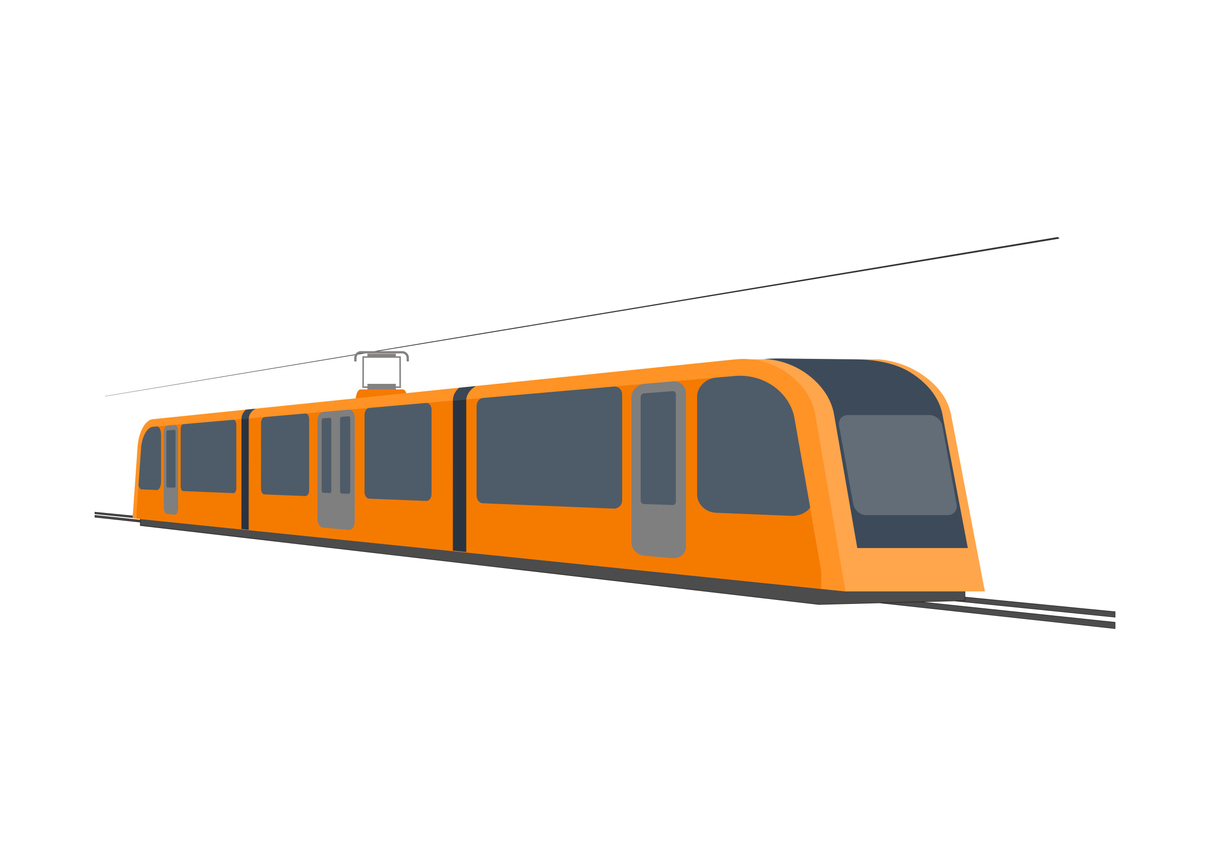2023/10/13
Shift in Viewpoint of Partial to Total Optimization Needed to Revitalize Public Transportation in Rural Areas

On August 26, the “Haga Utsunomiya Light Rail Transit (LRT),” A next-generation light rail transit, was opened to traffic. In 1993, then Tochigi Governor Fumio Watanabe announced the “New Transportation System Initiative” to relieve traffic congestion in Utsunomiya City. Since then, after a number of twists and turns, the entire 14.6 km line connecting the east exit of Utsunomiya Station to the Haga Takanezawa Industrial Park was newly constructed, and its commercial operation started under the management of a public-private joint company, where Utsunomiya City owns 40.8% and Haga Town holds 10.2% of the stake. It is expected to, needless to say, achieve the relief of traffic congestion, which was originally set as a goal when the project was proposed. Also, it is expected to play new roles such as decarbonization and compact city development as a public transportation system that supports the daily lives of citizens and as a model for sustainable urban development.
The opening of the LRT was the first positive news in a long time in the local public transportation field. However, the crisis in the field is very severe. There are many local lines that still have no hope for recovery from disasters. One example is the JR Hitahikosan Line, which was damaged by the torrential rains that hit northern Kyushu in 2017, resulting in approximately 40 kilometers of interrupted section. The local government along the railroad line requested JR Kyushu to restore the area with a repaired railroad, but finally, due to the reason of cost burdens, the town accepted the JR Kyushu’s plan of introducing bus rapid transit (BRT), a system where a part of the former railroad track is used as a dedicated road, and the buses run on the usable track in combination with a public road. Operation of the BRT will start on August 28, and passenger convenience will be enhanced by making more bus stops than train stations to maintain the demand.
Having said that, the shift to buses is not the final solution, and the financial difficulties of public transportation are not a problem limited to rural areas. On September 11, a bus company operating 15 routes in the Minamikawachi area, Osaka, announced that it would discontinue its business as of December 20 this year, due to slumping corporate financial results and a bus driver shortage. The Ryobi Group in Okayama has raised the issue of the distortion of public transportation at an early stage. This summer, the “Management Round-table Conference for Public Transportation Business 2023,” chaired by Mitsunobu Kojima of the Ryobi Group, and consisting of eight leading business operators nationwide, compiled a joint proposal for revitalizing regional public transportation. First of all, a representative of the participants in the conference stated, as a premise, “The COVID-19 pandemic has caused business operators to be forced into a situation where they can no longer manage their businesses.” He then made a proposal on how the fare systems, local allocation taxes, subsidies, workforce shortages, environmental measures, etc. should change, concluding that the reformation of the systems “from competition to cooperation” is needed.
When it comes to matters of public transportation, the national government also takes action. This April, the Act on Revitalization and Rehabilitation of Local Public Transportation Systems was revised to enable the national government to coordinate consensus building between business operators and local governments along the railroad line on how local railroads should continue to exist or should be abolished and how alternative transportation should be provided. In addition, the Ministry of Land, Infrastructure, Transport and Tourism (MLIT) has started to prepare to add bus, taxi, and truck drivers to the category of “Specified Skilled Workers.” This system currently allows foreigners to work in Japan in 12 industries. This is effective for interest adjustment and as a measure against the “2024 problem.” However, the root of this problem of inactive local public transportation is the decrease in domestic demand itself, and thus the future of public transportation must be imagined at a level beyond a single railroad line, specific region, or individual business operator. In other words, the essential point of the problem is considering how to maintain the whole national land area.
This Week’s Focus, September 15
Takashi Mizukoshi, the President
[Related Posts]
“The Ryobi Group’s Problem of Discontinuing Bus Operations; Questioned is Future of Japan,” This Week’s Focus, February 23, 2018
“The Ryobi Group Withdraws Discontinuation Notification of Bus Route; Is Future of Region Really in Sight?” This Week’s Focus, March 16, 2018
“JR Shikoku Announces All Its Lines Fallen into the Deficit; Optimal Local Transportation Network for the Future to be Considered from a Very Long-Term Perspective,” This Week’s Focus, May 20, 2022